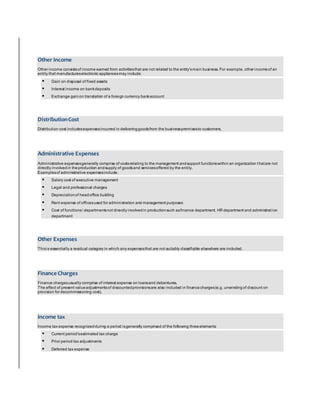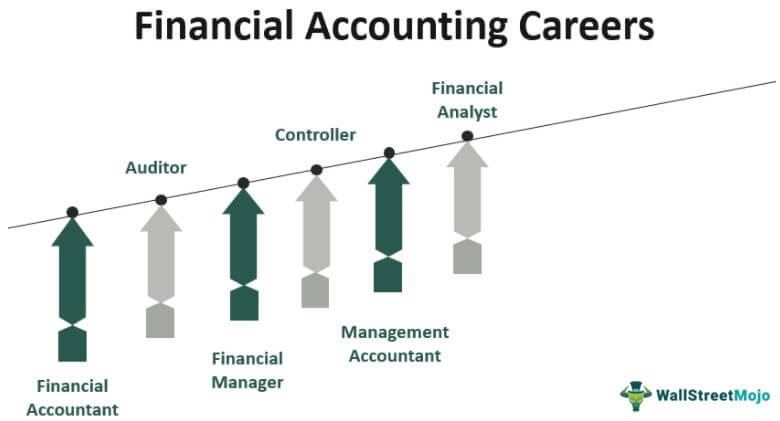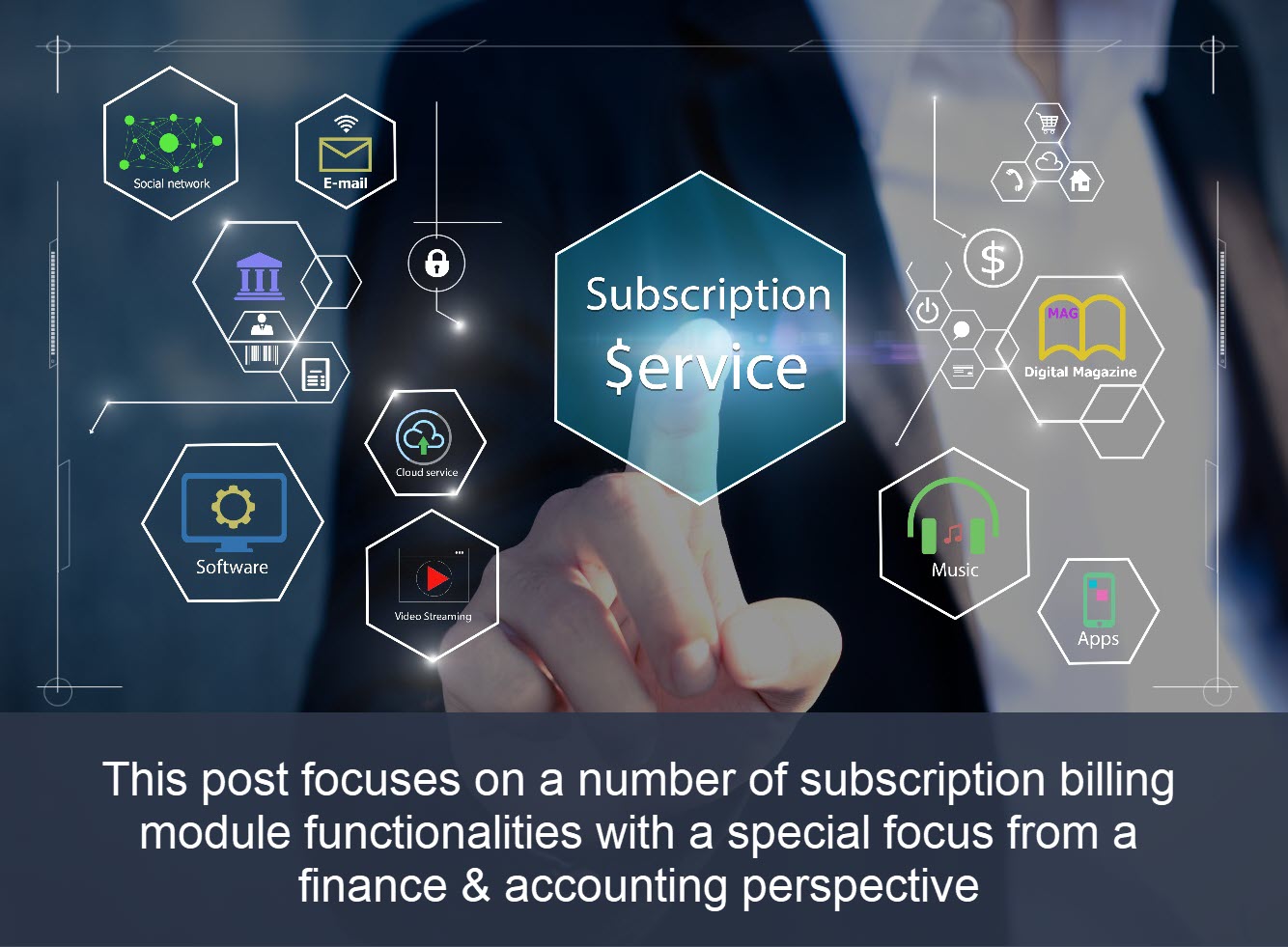
Accounting uses closing entries to make journal entries at the end to convert temporary accounts to more permanent ones. If a company wants to accurately track its cash flows and balances, a closing entry is necessary. Here are some examples of closing entries.
Journal entries made at the end of an accounting period
A closing entry is a journal record that records the company's transactions at end of accounting period. It moves balances from temporary accounts into permanent ones. Temporary balances are those that are held over the course of an accounting period. These accounts are used to create the income statement at its end. Permanent accounts, however, keep track of transactions for the entire life of the company. Closing transactions are crucial because they allow companies review their financial health and make necessary adjustments.
Adjusting entries are made to reflect economic activity that has occurred between the beginning of the accounting period and the end of the period. These entries are required by periodic reporting requirements as well as the matching principle which requires that revenues be equal to expenses in the period. These entries are generally made at the close of an accounting period, or when financial statements are being prepared. These entries need to be categorized according. In general, debits must equal credits.

Transfer balances of temporary accounts to permanent account
There are two ways to transfer balances to permanent accounts. This can be used as a temporary measure to get the account to zero if it is only for a brief period. If your account is for an extended period, you can use this technique to keep track of the funds over a greater time period. This can be done annually or quarterly depending on your needs.
Both temporary and permanent accounts keep track financial transactions. The main difference between these accounts is the length of their periods. The temporary account must be closed before the new period starts. However, the permanent account can remain open and roll forward to the next period. This makes it easy to compare the two accounts and decide which one is more suitable for you. It is simple and straightforward to do this if you follow all the steps in this article.
Expense accounts are credited
In a trial balance, the balance of all income and expense accounts are reset to zero. Debit the income summary account and credit each line item expense in the trial balance. When closing entries are made, expenses accounts are credited. Not net expenses, but net income should be shown in closing entries. In this example, Mr. Green has deducted $61 and credited his capital account with that amount.
The December 31 adjusted trial balance of Guitar Lessons Corporation shows an expense of $400 in supplies and $1,400 in wages. A credit balance of $300 is also shown in the income summary account. This indicates that September's net income has been transferred into the income summary account. It will remain there until it's transferred to retained earnings. Closed entries in expense accounts are credited. This process is repeated every month.

Dividends can be credited to retained earnings
A corporation's accounts closed include an income summary accounting and a account for retained earnings. Dividends are credit to Retained Earnings when the corporation is profitable. If the corporation is not profitable, dividends will be debited from Restained Earnings. Dividends provide income to the corporation. They are paid as cash.
The crediting dividends against retained earnings is the final closing step. Dividends are income that a company holds on to for future periods. After the funds have been spent, income is deducted form retained earnings. This will lower the period's net income. In addition, the closing entries can eliminate temporary accounts, credit expenses, and debit income summary accounts. The closing entries are then used to prepare a post-closing trial balance.
FAQ
What is the work of accountants?
Accountants work together with clients to maximize their money.
They work closely with professionals such as lawyers, bankers, auditors, and appraisers.
They also collaborate with other departments such as marketing and human resources.
Accountants are responsible in ensuring that books are balanced.
They determine the tax amount that must be paid to collect it.
They also prepare financial statement that shows how the company is performing.
How can I get started keeping books?
To start keeping books, you will need some things. These include a notebook, pencils, calculator, printer, stapler, envelopes, stamps, and a filing cabinet or desk drawer.
What is bookkeeping and how do you define it?
Bookkeeping is the practice of maintaining records of financial transactions for businesses, organizations, individuals, etc. It involves recording all business-related income as well as expenses.
Bookkeepers keep track of all financial information, including receipts, invoices bills, payments, deposits and interest earned on investments. They also prepare tax reports and other reports.
What happens if my bank statement isn't reconciled?
You might not realize that you made a mistake in reconciling your bank statements until the end.
You will have to repeat the whole process.
How can I tell if my company has a need for an accountant?
Many companies hire accountants after reaching certain levels. For example, a company needs one when it has $10 million in annual sales or more.
However, not all companies need accountants. These include sole proprietorships, partnerships and corporations.
A company's size doesn't matter. It doesn't matter how big a company is.
If it does, the company will need an accountant. A different scenario is not possible.
What is the average time it takes to become an accountant
Passing the CPA test is essential in order to become an accounting professional. The average person who wants to become an accountant studies for approximately 4 years before sitting for the exam.
After passing the test, one must work as an associate for at least 3 consecutive years before becoming a certified professional accountant (CPA).
Statistics
- According to the BLS, accounting and auditing professionals reported a 2020 median annual salary of $73,560, which is nearly double that of the national average earnings for all workers.1 (rasmussen.edu)
- a little over 40% of accountants have earned a bachelor's degree. (yourfreecareertest.com)
- The U.S. Bureau of Labor Statistics (BLS) projects an additional 96,000 positions for accountants and auditors between 2020 and 2030, representing job growth of 7%. (onlinemasters.ohio.edu)
- Employment of accountants and auditors is projected to grow four percent through 2029, according to the BLS—a rate of growth that is about average for all occupations nationwide.1 (rasmussen.edu)
- In fact, a TD Bank survey polled over 500 U.S. small business owners discovered that bookkeeping is their most hated, with the next most hated task falling a whopping 24% behind. (kpmgspark.com)
External Links
How To
How to do your bookkeeping
There are many types of accounting software available today. Some are free, some cost money, but most offer basic features such as invoicing, billing, inventory management, payroll processing, point-of-sale systems, and financial reporting. The following list provides a brief description of some of the most common types of accounting packages.
Free Accounting Software: This accounting software is generally free and can be used only for personal purposes. It may have limited functionality (for example, you cannot create your own reports), but it is often very easy to learn how to use. A lot of free programs can be used to download data directly to spreadsheets. This makes them very useful for anyone who wants to do their own analysis.
Paid Accounting Software: These accounts are for businesses that have multiple employees. These accounts are powerful and can be used to track sales and expenses and generate reports. Although most paid programs require a minimum of one year to subscribe, there are many companies that offer subscriptions for as little as six months.
Cloud Accounting Software - Cloud accounting software lets you access your files via the internet from any device, including smartphones and tablets. This program has been growing in popularity because it reduces clutter and saves space on your computer's hard drive. There is no need to install any additional software. You only need an internet connection and a device that can access cloud storage services.
Desktop Accounting Software: Desktop Accounting Software works on your computer, just like cloud accounting. Desktop software works in the same way as cloud software. It allows you to access files from any location, including via mobile devices. You will need to install the software on your PC before you can use it, however, unlike cloud software.
Mobile Accounting Software is designed to run on smaller devices, such as tablets and smartphones. These programs enable you to manage your finances even while you're on the move. They offer fewer functions than desktop programs, but are still useful for those who travel a lot or run errands.
Online Accounting Software: Online accounting software is designed primarily for small businesses. It contains all the functions of a traditional desktop application, as well as some additional features. The best thing about online software is the fact that it does not require installation. You simply log in to the site to start the program. Another advantage is the fact that you will save money because you won't have to go to a local office.